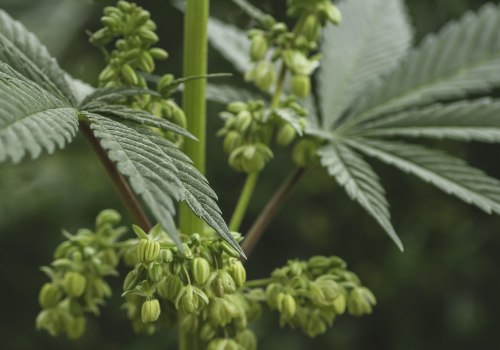A recent study by Malyshevskaya and her team has suggested that the use of high-potency marijuana, which contains high levels of THC, may be linked to seizures. While there is evidence that smoking marijuana can cause seizures in certain circumstances, the data is not conclusive. Some studies have indicated that marijuana or its cannabinoids may cause seizures, while others suggest they may protect against them. It is possible that smoking marijuana can lead to new seizures or even a seizure disorder if other factors are present. Like many anti-seizure medications, marijuana has been shown to affect memory.
This can lead to missed doses, which can result in the return of seizures. A study published in Proceedings of the National Academy of Sciences suggested that cannabis use in children may lead to a decline in cognitive abilities. In one case, an adolescent suffered a generalized tonic-clonic seizure after consuming cannabis wax. This highlights the presence of interictal epileptiform abnormalities on the electroencephalogram after a first lifelong seizure, which may have been caused by the use of THC wax concentrate in high doses. It is important to note that marijuana should not be used as a replacement for medical advice from a doctor or other qualified healthcare provider.
The brain can become accustomed to the presence of THC, which can lead to withdrawal symptoms if marijuana use is stopped. In this particular case, interictal discharges could have indicated a transient state of increased epileptogenicity after the use of the THC concentrate. The authors also noted that its diffuse background slowdown could have reflected an initial encephalopathy after frequent consumption of THC and during the post-ictal period. Given the rise in THC concentrate use among adolescents, especially when inhaled or vaped, it should be taken into account when diagnosing first lifelong seizures in this age group. Research has suggested that high doses of THC may lower the seizure threshold by decreasing GABA transmission.
Recent studies have demonstrated the benefits of CBD in treating seizures and that CBD may be safer and more effective than THC in marijuana. If this trend exists, it could suggest that the use of THC concentrate reduces the patient's seizure threshold. The reporting physicians acknowledged the limitations of this case, including a lack of information on the specific concentrations of THC (and possible CBD) in the wax product used by the patient and that it was not available for analysis. The fact that the patient had no more seizures while hospitalized supports the theory that their initial clinical seizures and EEG abnormalities were due to THC consumption. The findings also reveal that THC is just one of many compounds with medicinal effects and that detection of high levels of Δ-9-THC in urine indicates marijuana has been smoked within two weeks. In light of conflicting evidence on the effect of THC on the seizure threshold, this case supports an undescribed effect of high-dose THC concentrate in triggering a provoked seizure in an adolescent and increases the possibility that it can generate epileptiform discharges, as seen with synthetic marijuana use.




